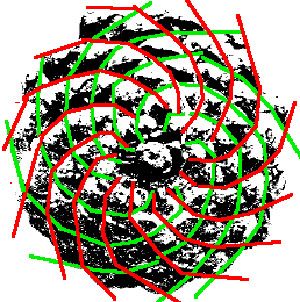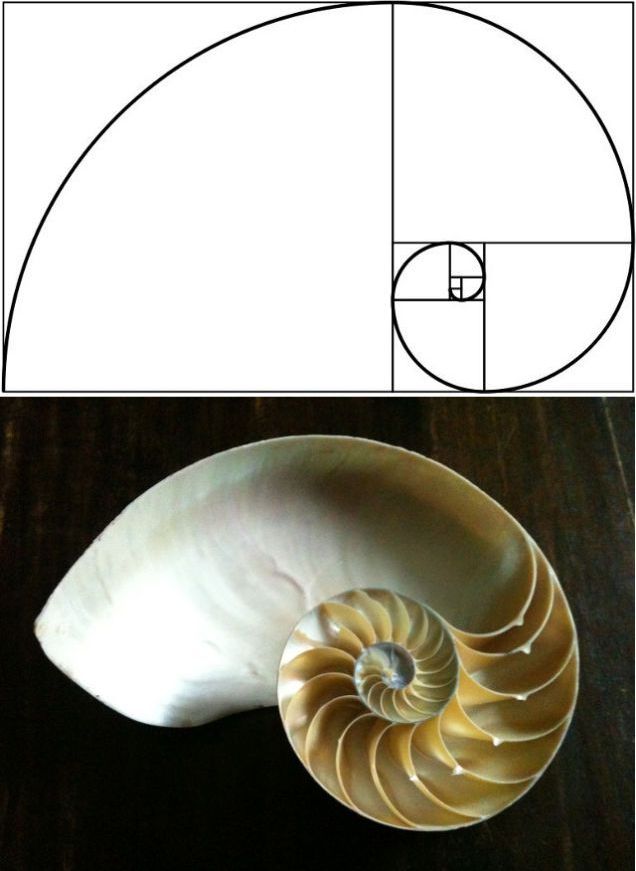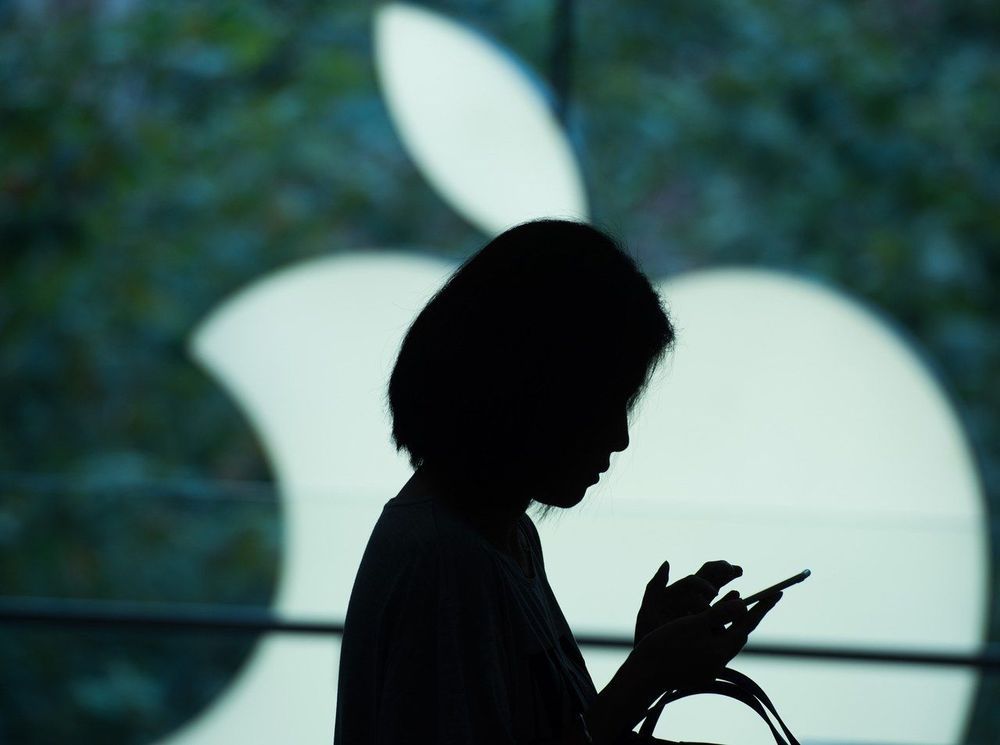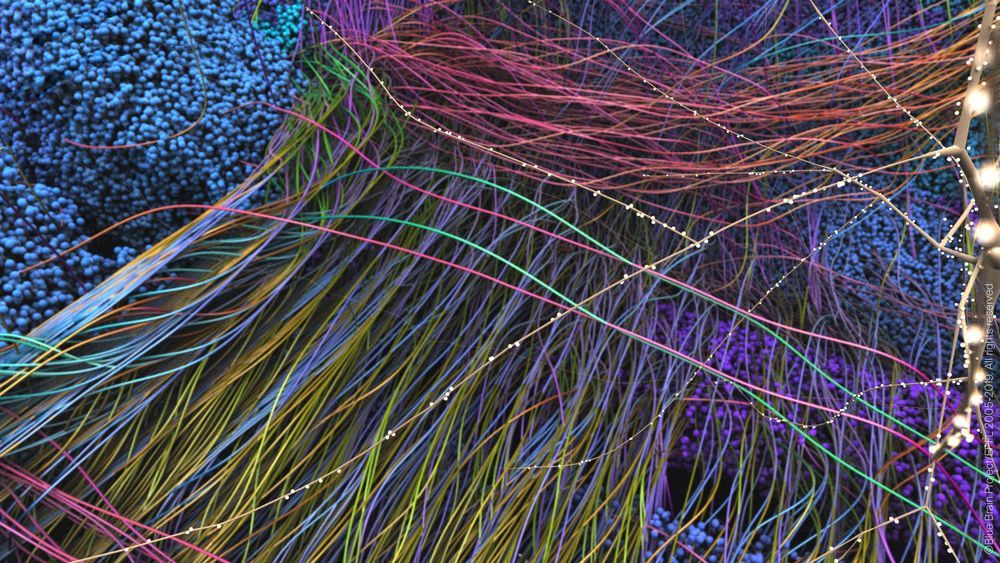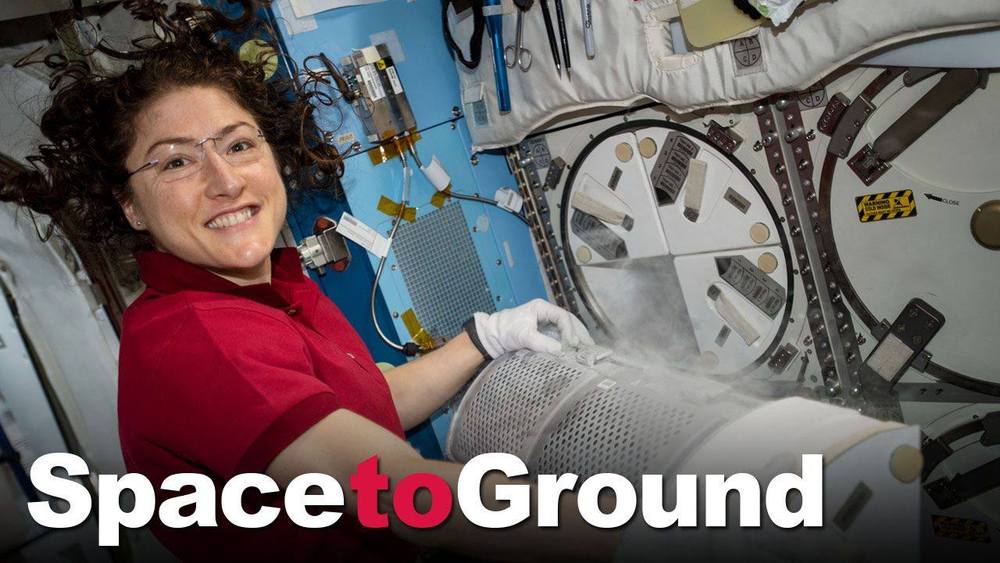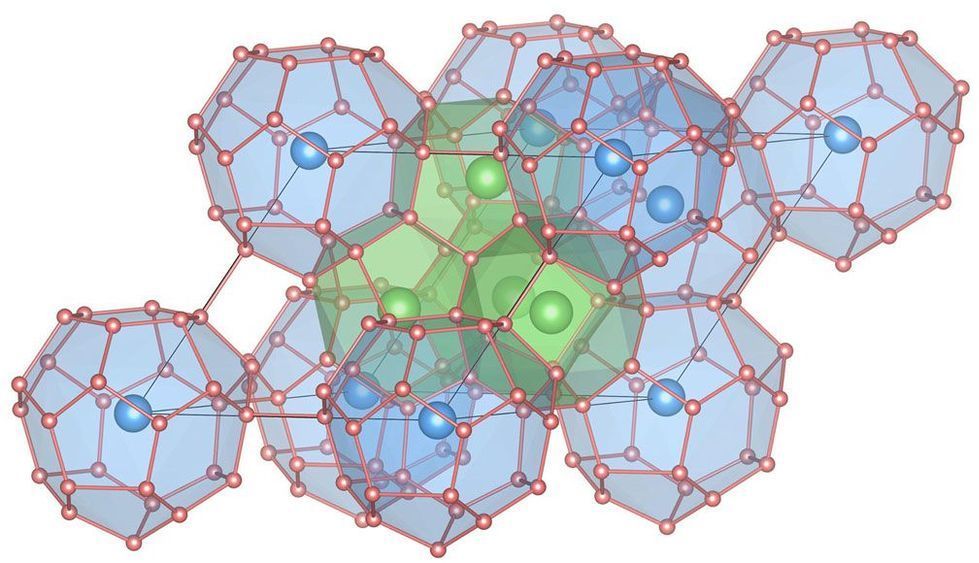The famous Fibonacci sequence has captivated mathematicians, artists, designers, and scientists for centuries. Also known as the Golden Ratio, its ubiquity and astounding functionality in nature suggests its importance as a fundamental characteristic of the Universe. Science amazing science cool stuff science weird science cool nature science cool stuff.
We’ve talked about the Fibonacci series and the Golden ratio before, but it’s worth a quick review. The Fibonacci sequence starts like this: 0, 1, 1, 2, 3, 5, 8, 13, 21, 34, 55 and so on forever. Each number is the sum of the two numbers that precede it. It’s a simple pattern, but it appears to be a kind of built-in numbering system to the cosmos. Here are 15 astounding examples of phi in nature. Science amazing science cool stuff science weird science cool nature science cool stuff.
